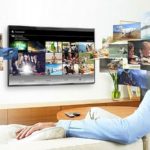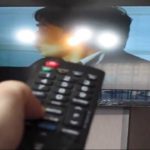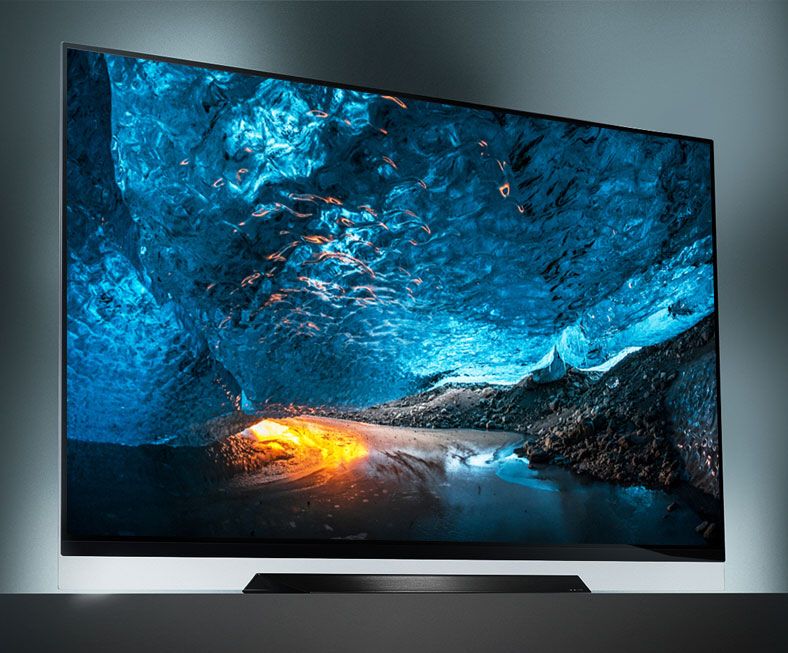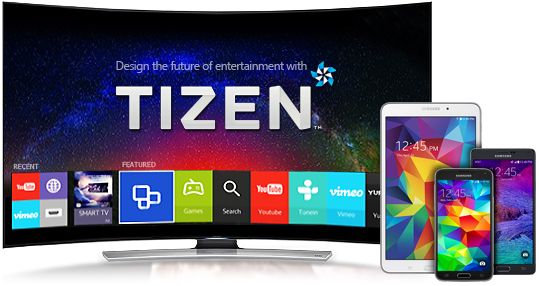The TV does not see the antenna
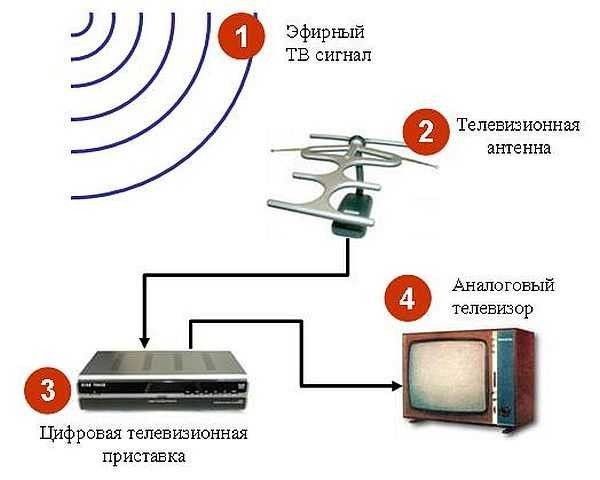 Very often connecting a TV is not without problems. When the TV does not see the antenna, you need to spend additional time analyzing this problem. But doing it yourself is quite possible.
Very often connecting a TV is not without problems. When the TV does not see the antenna, you need to spend additional time analyzing this problem. But doing it yourself is quite possible.
The content of the article
Possible reasons
Once you've installed your antenna correctly, changed the input on your TV to "ANTENNA" and run a channel scan, you should be able to get at least some of your local channels. If this is not the case, the reason may be one of the following:
- There is no clear line of sight to the broadcast towers.
- The signal may be lost in the coaxial cable distribution.
- The coaxial cable from the antenna to the tuner may be too long.
- Be more than 110 km from broadcast towers or outside the antenna coverage area.
- Faulty digital tuner
- The station broadcasts on a different frequency.
- The transmitter for certain channels may be located at a lower elevation on the broadcast tower or even behind other broadcast towers
- The TV may not have a built-in ATSC digital tuner.
What to do?
- If there are hills, trees, buildings, or other geographic features between the broadcast towers and the antenna, signals may not be able to reach your antenna. Raising the antenna, placing it in a higher position, or using a taller mast will increase signal reception. The goal is to provide the greatest possible line of sight to broadcast towers.
- It is important to regularly check for corrosion, loose cable fittings or cable damage. If you use an ADSL filter, this can also weaken the signal level. Try disconnecting the ADSL filter and running the cable directly into the TV, then start scanning the channels. If reception improves, a distribution amplifier will likely be the solution.
- When the cable length reaches more than 30 meters, up to 1/3 of the signal may be lost. If you need a long cable or use a splitter, you may need a preamp.
- Be more than 110 kilometers away from broadcast towers or out of range of an antenna.
IMPORTANT! The curvature of the Earth limits most antennas to 110 kilometers. Go to www.antennapoint.com and enter your address or zip code to see if you are within range of broadcast towers in your area.
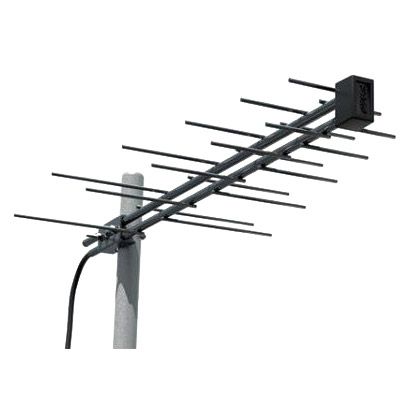 Faulty digital tuner. This doesn't happen often, but it's possible that the tuner is faulty on a new TV straight out of the box. The tuner is separate from HDMI or other inputs, so the tuner will not affect any other part of the TV. As a second troubleshooting step, try installing an antenna and cable on your secondary TV.
Faulty digital tuner. This doesn't happen often, but it's possible that the tuner is faulty on a new TV straight out of the box. The tuner is separate from HDMI or other inputs, so the tuner will not affect any other part of the TV. As a second troubleshooting step, try installing an antenna and cable on your secondary TV.
The station broadcasts on a different frequency. While most television stations transmit on the UHF frequency, some use VHF. Although some UHF antennas can receive VHF signals, you must use an antenna that is optimized for receiving both UHF and VHF frequencies.
Lower altitude or obstruction from other towers can cause line-of-sight problems. UHF signals depend on line of sight for consistent reception.Change the location or height of the antenna to see if the problem persists.
If you see interference on your TV, you are watching an analog broadcast. Typically, people with this problem do not have an ATSC tuner built into their TV. If you have a TV that was purchased before 2007, this may apply to you. Refer to your TV's user manual or contact the manufacturer directly to find out if your TV has a built-in ATSC digital tuner.
REFERENCE! If you don't have one, you can purchase an external receiver or converter so you can use your existing TV to receive HDTV broadcasts.
Where to turn if you can’t fix it yourself
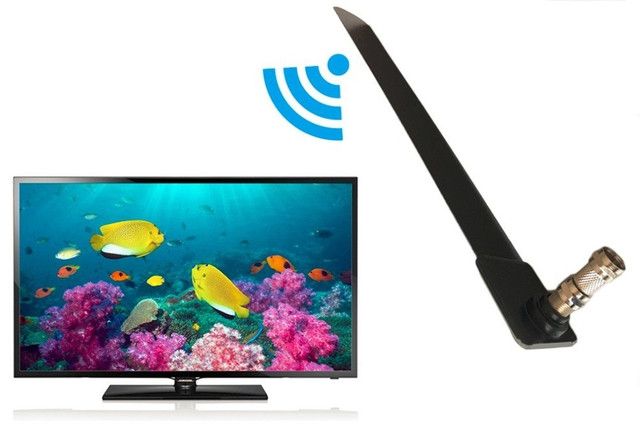
The troubleshooting steps listed above should resolve your issue. If the problem is still not resolved, service may be required. Try contacting TV company specialists. Their professional intervention should help you resolve your antenna problem.

